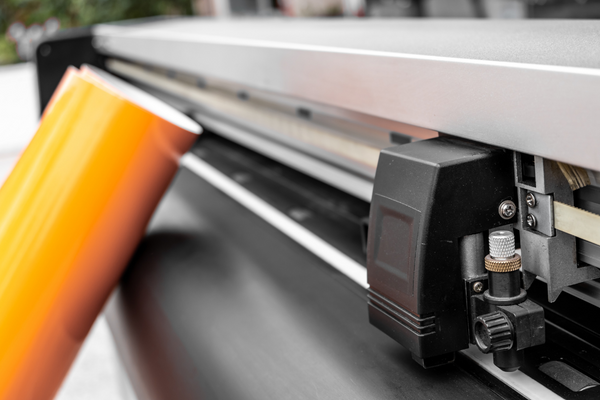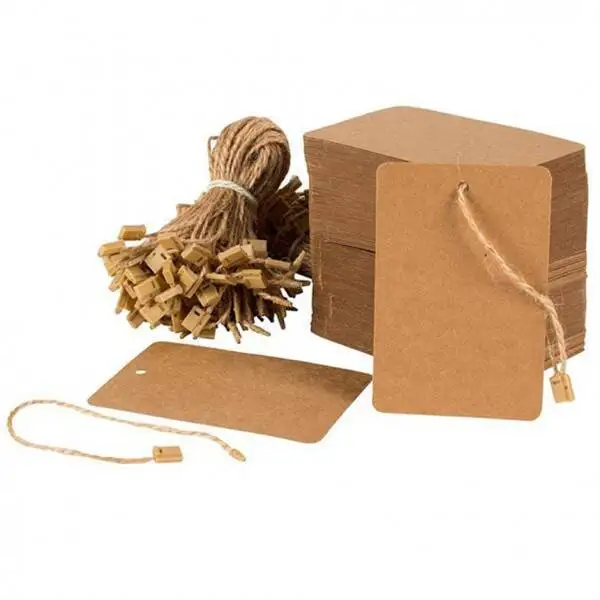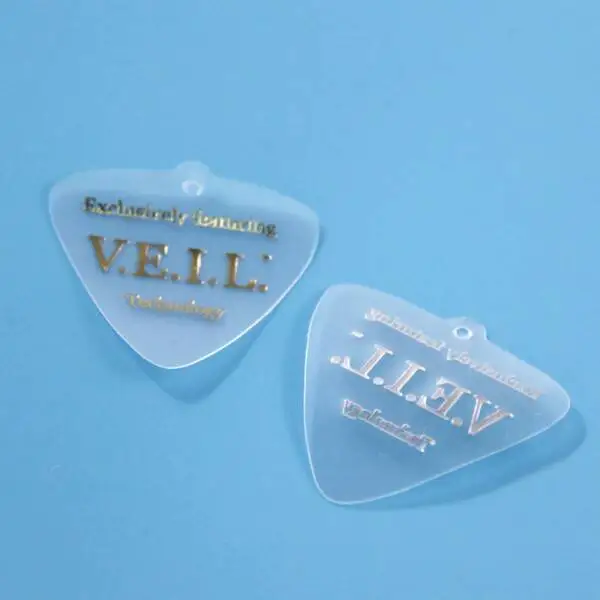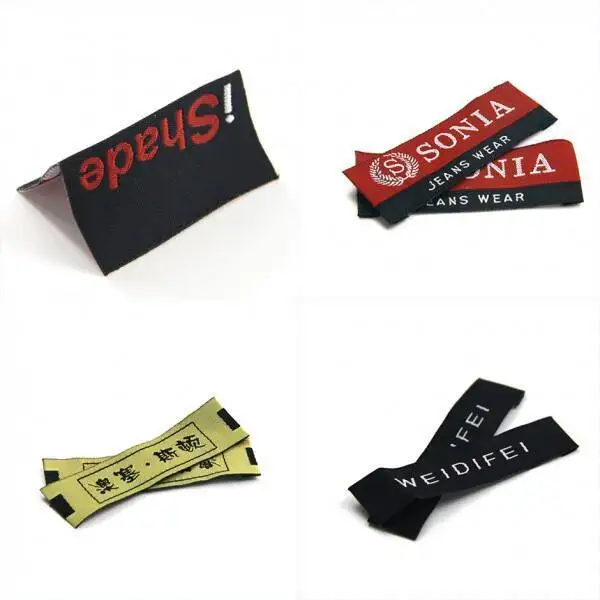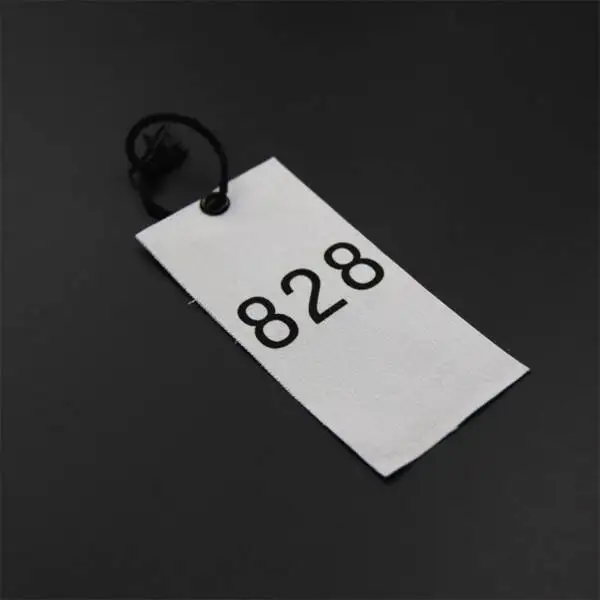What is the best anti-counterfeit barcode?
Counterfeiting is a massive problem that affects many industries, and it’s not going to go away any time soon. In fact, the World Customs Organization estimates that the global value of counterfeit goods was worth $1.8 trillion in 2016. To help fight against this problem, many businesses are turning to barcodes as one of their key ways of detecting counterfeit products. But which barcode is the best?
What is a barcode?
A barcode is a machine-readable code that helps identify and track objects.
They’re found on products such as groceries, clothing, and even medications.
Barcodes are used by businesses to keep track of inventory, prevent counterfeiting, and ensure customers receive the correct product.
There are different types of barcodes, but the most common is the Universal Product Code (UPC).
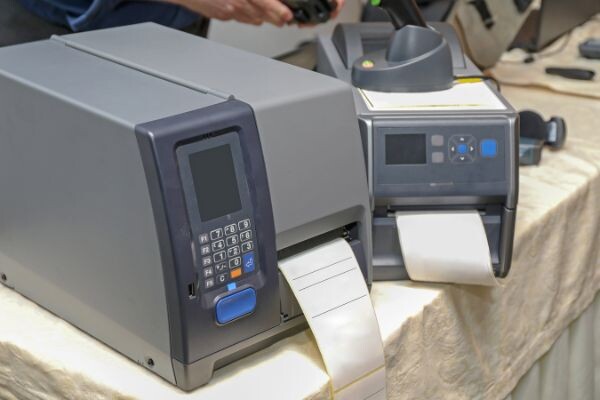
Types of barcodes
There are many different types of barcodes, and each has its own advantages and disadvantages. Here is a list of the most common types:
1) Code 39: This code is most commonly used on labels, packaging, and goods in general. It's easy to read and use, but not as common as other codes.
2) Code 128: This code is used for shorter text or numbers on products. It's easy to scan, but not as common as other codes.
3) Interleaved 2 of 5: This code is used more for security purposes than labelling. It can be difficult to scan, but it can be very secure.
4) Universal Product Code (UPC): This code is the most popular in the world and is used on almost everything. It's easy to scan, but it can be a bit bulky.
How do barcodes work?
Barcodes are a type of machine-readable code used in commerce to help identify and track products. When scanned by a barcode scanner, the barcode’s pattern of light and dark stripes creates an electronic readout that can be used to identify and track the product. Barcodes have evolved over the years, but their basic technology remains the same.
There are several types of barcodes, but the most common is the Universal Product Code (UPC). UPCs are found on many products in stores, including groceries, cosmetics, and DVDs. A UPC consists of a series of numbers and letters that are unique to each product. When you scan a UPC with a barcode scanner, the scanner reads the numbers and letters in sequence and converts them into an electronic readout.
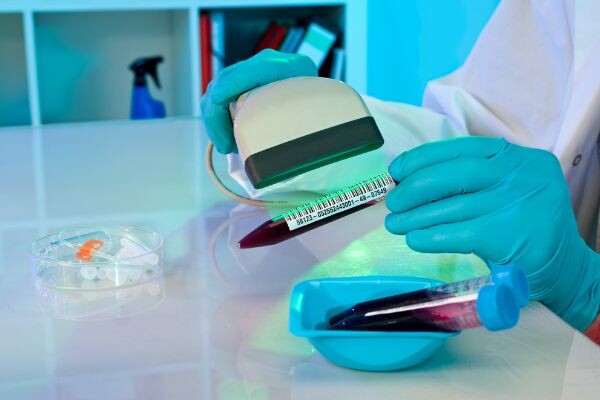
What are the benefits of using barcodes?
There are many benefits to using barcodes, including the ability to track and identify products. Barcodes can also help reduce fraud. Here are some of the most common benefits:
-Reduce theft: Barcodes can help reduce theft by tracking products from the manufacturing process all the way to the consumer.
-Reduce fraud: Barcodes can help identify fake or counterfeit products. This information can then be used to prosecute those responsible for fraud.
-Improve customer satisfaction: By providing consumers with accurate information about products, barcodes can help improve customer satisfaction. This means that customers will be more likely to return to a store or purchase from a website again in the future.

Advantages of using barcodes
When it comes to identifying products, there is no substitute for a barcode. Barcodes are easily scanned by machines and are used in a wide range of industries, from retail to manufacturing.
Here are some advantages of using barcodes:
-They can be read quickly and accurately by machines.
-They are durable and reliable.
-They can be used in a variety of applications, including retail, manufacturing, and logistics.
-Barcodes can be used to track products and inventory.
Disadvantages of not using barcodes
1. Fraudsters can easily produce counterfeit products without any detectable markings.
2. Counterfeiters can avoid detection by altering the product packaging or by printing the barcode on a different substrate.
3. By not using barcodes, businesses can miss out on important opportunities to track their inventory and reduce fraud.
4. In some cases, barcodes can also be used to authenticate product quality and authenticity.
5. By not using barcode technology, businesses may be missing out on lucrative marketing opportunities that could be generated by using a unique identifier for each product.
The best anti-counterfeit barcodes for businesses
Barcodes are one of the most important pieces of security for businesses. Counterfeits can damage the reputation of the business and may even lead to lawsuits. There are a variety of different barcodes available, but which is the best for your business?
The two most common types of barcodes are two-dimensional (2D) and three-dimensional (3D). 2D barcodes consist of lines or grids that can be read by a scanner. 3D barcodes consist of finite points that can be read by a scanner or captured by a camera.
There are pros and cons to both 2D and 3D barcodes. 2D barcodes are cheaper to produce and can be more easily replicated, but they can only be read by scanners. 3D barcodes are more expensive to produce and can be read by cameras, but they can also contain more information than 2D barcodes.
Ultimately, it depends on the specific needs of your business and which type of barcode is best. If you need to prevent counterfeiting, then it's important to choose a code that is difficult to replicate. If you only need to prevent theft, then a simpler code might be better.
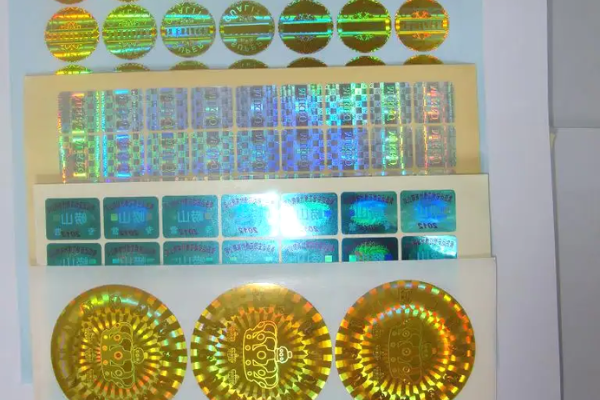
Barcodes have several important benefits for businesses:
Barcodes have multiple important benefits for businesses. They can help you track inventory, identify and track products in transit, and reduce waste. In addition, barcodes can help make your business more efficient and profitable. Here are some of the most common benefits of using barcodes:
1. Reduce inventory: Using barcodes to track inventory can help you keep track of your supplies and avoid buying duplicate items. It can also help you identify when an item is out of stock and order more quickly.
2. Improve product identification: Barcodes make it easy to identify products in transit and track their progress. This can help you avoid mistakes and ensure that your products arrive on time.
3. Reduce waste: By tracking the origin and destination of products, you can reduce the amount of waste that goes into landfills. Barcodes also make it easy to identify defective or damaged items, which minimizes the risk of damage to your reputation or finances.
4. Make your business more efficient: By automating certain processes, barcodes can save you time and money. For example, using barcodes to track inventory can greatly reduce the time needed to staff a checkout area or process orders.
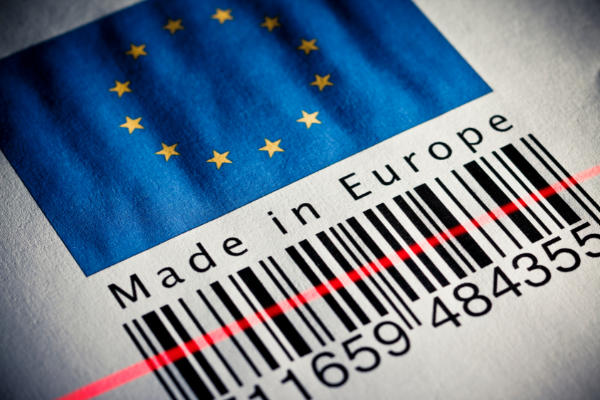
The different types of anti-counterfeit barcodes
There are many different types of anti-counterfeit barcodes out there, and they all have their own advantages and disadvantages. Here is a breakdown of the different types of anti-counterfeit barcodes and their benefits:
1. RFID: RFID tags are often used in products to help track inventory and ensure that the product is being sold to the correct person. They also have the ability to create a unique code for each product, which can be used to identify it as counterfeit if it tries to enter a store with another product with the same code.
2. 2D Barcodes: 2D barcodes are mainly found on products that don’t need to be tracked (like cosmetics), but they do have the ability to identify a product as counterfeit if it tries to enter a store with another product with the same code. They’re not as commonly used as RFID tags or 3D barcodes, but they do have their advantages.
3. 3D Barcodes: 3D barcodes are often considered the most secure type of anti-counterfeit barcode because they can’t be easily copied or counterfeited. They’re alsovery recognizable, which can help deter thieves from trying to use them to make counterfeit products.
4. QR Codes: QR Codes are often used to provide customers with information about a product (like the ingredients or how to order it), but they can also be used to create a unique code that can be used to identify a product as counterfeit if it tries to enter a store with another product with the same code.
There are pros and cons to each type of anti-counterfeit barcode, so it’s important to choose the one that will work best for your business.
How to create an anti-counterfeit barcode
There is no one-size-fits-all answer to this question, as the best anti-counterfeit barcode will vary depending on the specific needs of your business. However, some tips on how to create an effective anti-counterfeit barcode can be provided below.
First and foremost, make sure that your barcode is easy to read and understand. This means using a standard font and colour scheme, as well as keeping it simple enough that it can be reproduced without much difficulty. Additionally, make sure that your barcode design is properly registered with the relevant authorities - this will help ensure its efficacy in combating counterfeiting.
Another key factor in creating an effective anti-counterfeit barcode is ensuring that it is used properly. This means ensuring that it is integrated into the overall website design and architecture in a way that does not detract from the user experience. In addition, consider implementing it at key points of purchase (such as at the checkouts), so that customers are automatically prompted to scan it upon making a purchase.
Finally, make sure to regularly update your barcode design - this will help ensure that it remains effective in countering counterfeiting activity.
Conclusion
It’s no secret that counterfeit goods are a big problem in the world. They can be expensive, dangerous and totally unnecessary, which is why it’s important to invest in a barcode scanner that can read genuine barcodes.
Related Articles
Product Groups
- Metallic Label
- Supermarket Labels
- Food Label
- Tyre Label
- Resealable Label
- Holographic Labels
- Electrical Label
- Adhesive Vinyl Roll
- Inkjet Vinyl Sticker Paper
- Paper Box
- Temperature Resistant Labels
- Clothing Label
- Office Labels
- Bubble Mailer
- Bottle Label
- Chemical Label
- Anti Counterfeit Label
- Temperature Indicator Sticker


